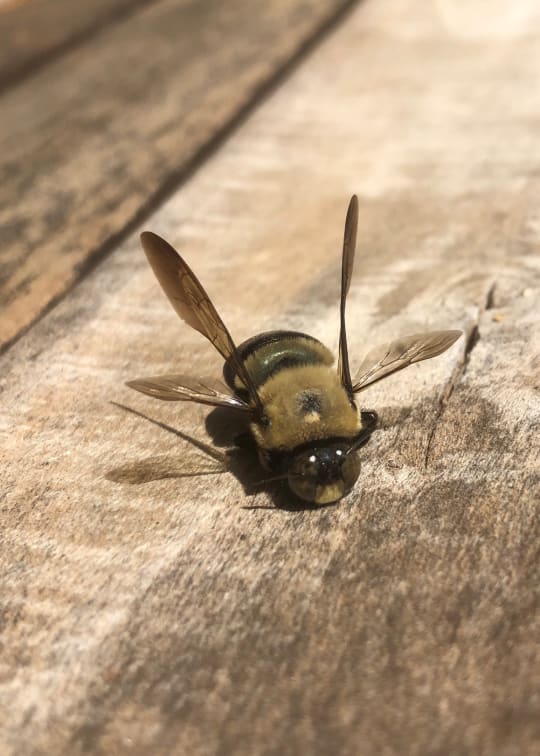Large Carpenter Bees: An Identification and Control Resource
At a glance..
This resource will teach you about large carpenter bees, including how to properly identify them. Understand the damaging effects these stinging insects have on wood, how to prevent outbreaks, and ultimately how to control populations.
The details..
Carpenter bees are a common problem for homeowners, as they can cause structural damage to wood. This book by Maryland Cooperative Extension provides detailed information on how to identify carpenter bees based on their appearance and behavior. It also explains the life cycle of these insects, including how they build nests in wood surfaces around your home or garden.
The book emphasizes prevention as the best approach to controlling carpenter bee infestations. By maintaining sound, finished wood surfaces, you can prevent them from establishing nests around your home. The authors recommend painting wooden surfaces which is unattractive to nesting bees; filling nail holes and cracks with caulk or putty prior to painting; pressure treating wood with metallic salts such as copper naphthanate; using non-wooden coatings like vinyl or aluminum siding that will exclude carpenter bees entirely.
If an established nest cannot be easily replaced, there are pesticide formulations available that are effective against carpenter bees. Treatment should be made either in the spring when the female bee searches for good nest sites or late summer when new adults emerge from the nest.The pesticides labeled for use against flying insects will kill Carpenter Bees but it is important not spray surrounding areas because this may damage other structures nearby.
Overall,this informative guide educates readers about all aspects of dealing with Carpenter Bees: identification techniques,prevention methods,and treatment options.It's a must-read resource if you want to protect your property from these damaging pests.
